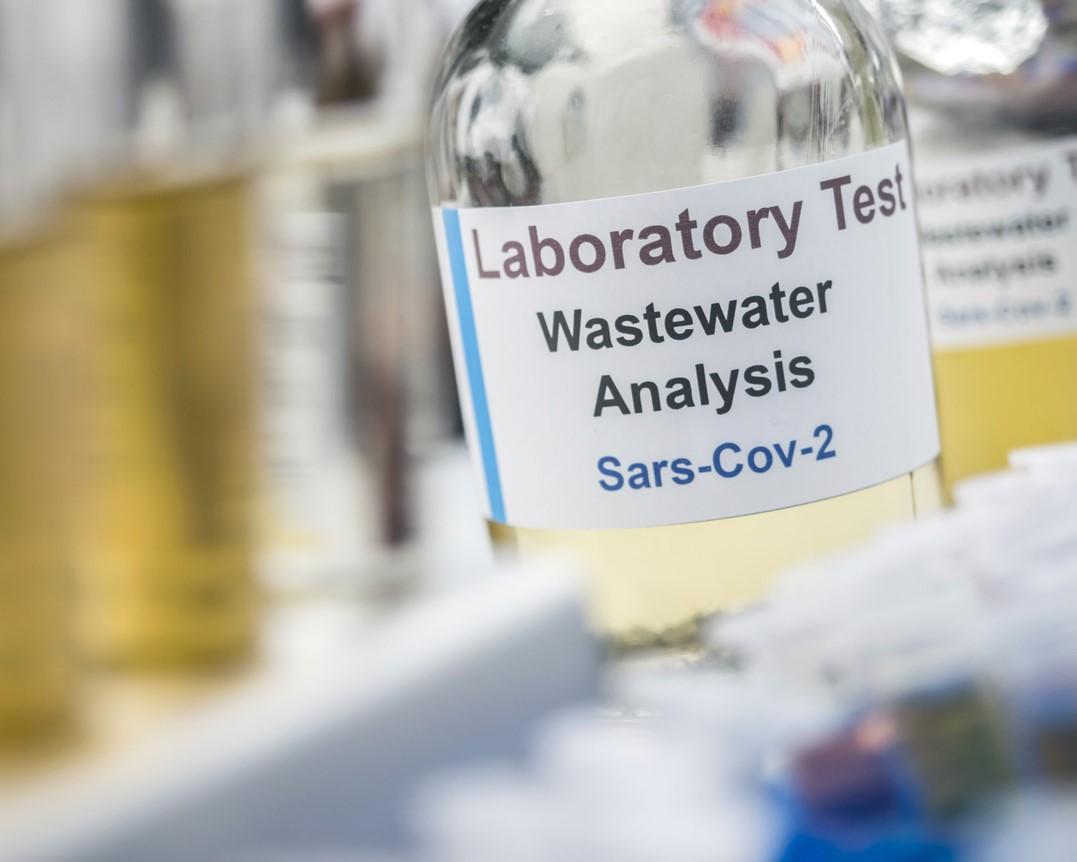- Global flu activity overall remained low, though some countries in the Southern Hemisphere, including Australia and New Zealand, report ongoing rises, the World Health Organization (WHO) said in its most recent update, which roughly covers the last week of June and the first week of July. Other locations reporting rises include Bangladesh, Iran, Hong Kong, some Central America countries, and West Africa countries. Of respiratory samples that were positive for flu during the surveillance period, 68.5% were influenza A, and of subtyped influenza A viruses, 66.2% were the 2009 H1N1 virus. Of characterized influenza B viruses, all belonged to the Victoria lineage.
- Two countries—the Democratic Republic of Congo (DRC) and Nigeria—reported more polio cases this week, the Global Polio Eradication Initiative (GPEI) said today in its latest weekly update. The DRC reported one more circulating vaccine-derived poliovirus type 2 (cVDPV2) case, pushing its total this year to 57. Nigeria reported two cVDPV2 cases, lifting its number for 2023 to 18. In other developments, the World Health Organization (WHO) today released in-depth reports on recently reported cVDPV2 cases from Tanzania, the country's first, and cases from Kenya, its first of the year, which involved patients from the world's second largest refugee camp and a virus linked to one circulating in Somalia.
- Minnesota health officials are investigating a cluster of Salmonella Typhimurium illnesses in children that appear to be linked to raw milk. In a statement, the Minnesota Department of Health (MDH) said the families of two children said they consumed unpasteurized milk, but information couldn't be obtained from the remaining families. Lab analysis revealed that all five cases are related and came from the same source. Childrens' ages range from 3 months to 10 years, and one patient was hospitalized. The MDH said it is working to determine the source of the raw milk.
Quick takes: Flu rises in some Southern Hemisphere countries, more polio from 2 African countries, raw milk linked to illness cluster in Minnesota kids
Study: COVID wastewater signals more accurately predict hospitalizations
A new study in Nature Communications adds to the growing body of literature suggesting wastewater surveillance may be one of the most useful tools that can be used to predict when rising COVID-19 activity will result in increased hospitalizations.
The study is published as the Centers for Disease Control and Prevention (CDC) said the latest wastewater surveillance across the United States still shows low levels of the virus, but some hotspots are emerging in the Southwest (Arizona and California), Southeast (North Carolina), several communities in the Northeast, and in Nebraska.
Since 2021, the CDC has used wastewater surveillance to monitor trends in COVID-19 incidence, as a rise of the virus in wastewater samples predates clinical spikes by roughly 4 to 6 days.
In the study, a group of researchers from the University of Technology in Sydney, Australia, used 20 months of past wastewater-based epidemiology (WBE) data to develop a model that would predict COVID-19-induced weekly new hospitalizations in 159 US counties across 45 states. The counties covered a population of nearly 100 million.

The data was collected from June 2021 to January 2023. The algorithm developed predicted the county-level weekly new admissions, allowing a preparation window of 1 to 4 weeks, the authors said.
As the public health emergency phase of the pandemic is over, WBE will become the crux of predicting when COVID activity could spike in a given community, the authors said, especially as more people rely on at-home testing or no testing for mild cases.
"The WBE-based predictions more accurately captured the weekly new hospitalizations compared to the daily census average or census sum patient numbers in the week,” the authors wrote.
In case you missed it
This week's top reads
Our underwriters
Unrestricted financial support provided by











